Sparta and Mystras are located near each other in the
interior of the Peloponnese. To view the remains of ancient Sparta, the
militaristic society that dominated Greece in the 5th and 6th
centuries B.C. would he high on almost any history buff’s list. However, there is little to see, and what
there is dates instead from the Roman era with virtually nothing from Sparta’s
era of renown. And even the Roman remains are small and sparse as the Roman city
was abandoned and much of it was used as a quarry to build nearby Mythras. The
modern city of Sparta was only reestablished in 1834 after Greek independence.
As a new city it’s built on a grid system and thus seems less chaotic than many
other Greek cities. We did not linger long.
Nearby Mystras is another story. I have to admit that
Mystras seemed rather mysterious to me as I knew little about it. However, it
is a major attraction and has been designated as a UNESCO World Heritage site,
but it dates from an era in the region with which many westerners are
unfamiliar. Mystras was one of the
greatest cities of Byzantine Greece and the most important on the Peloponnese
Peninsula.
Built in the foothills of the Taygetos Mountains, Mystras heyday was
during the last two centuries of the Byzantine Empire, roughly 1260-1460, before
it was conquered by the Ottomans. During that time it became the empire’s
cultural, intellectual, and artistic capital. Mystras was gradually abandoned over
nearly four centuries of Ottoman rule.
The few remaining inhabitants were moved to the new city of Sparta after
it was built starting in the 1830s.
The main attractions at Mystras are its Late Byzantine
churches, perched at different levels on the mountainside. These churches have extravagantly
decorated frescoes by some of the era’s greatest artists. The site overall can
be considered to have three levels, a lower town that was largely residential,
of which mostly the churches remain, an upper town with the Palace of the
Despots and more churches, and finally a hilltop castle. The Palace appears from outside to be the
most impressive building on the site, but it was closed for renovation at the
time of our visit.
The topography of Mystras is such that it’s going to be a
workout regardless of how you tour it, although it would have been more
pleasant on a day that wasn’t near 100*F.
Built on the side of a mountain, you have to hike up from the main
entrance to see most of the attractions.
It’s then possible to drive to the upper entrance to go up to the
Citadel and down a short distance to the Church of Hagia Sophia, but in the end
we hiked almost the entire vertical distance from the bottom to the top of the
Citadel. Man was I sweaty! The views in
all directions from the Citadel are spectacular, including back to the new city
of Sparta. I’d estimate the Citadel is
at least 1,500 feet above the valley.
While it felt like the top of the world, the is that it’s
not even the top of the region. From Mystras we traveled west toward Kalamata through
a gorge and over a high pass at 1,300 meters (4,200 feet) in the Taygetos
Mountains. The range is truly spectacular; while not far from the Mani coast,
the Taygetos highest peak rises to 2,405 meters (7,890 feet). That’s almost
twice as high as the highest peak in the UK and higher than anything in North
America east of the Rockies.

 Mystras, Greece
Mystras, Greece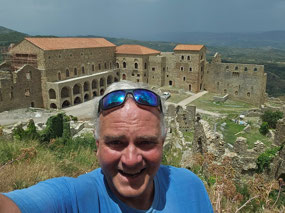
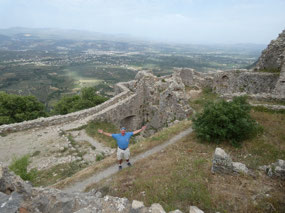
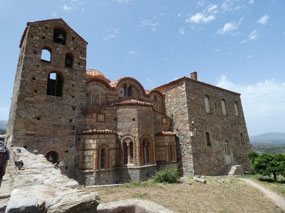



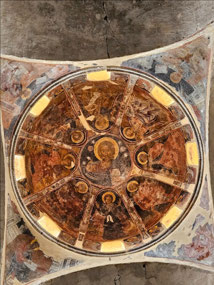
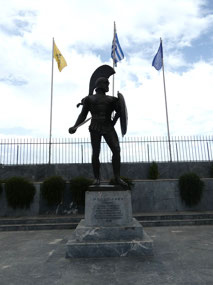
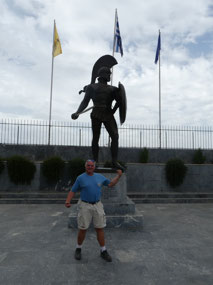
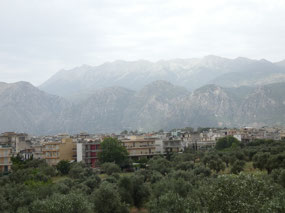
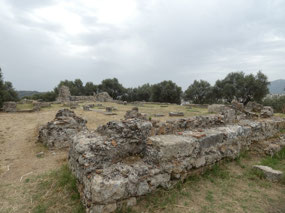
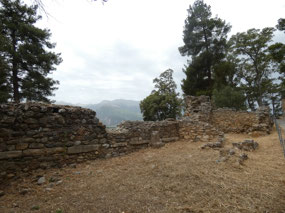
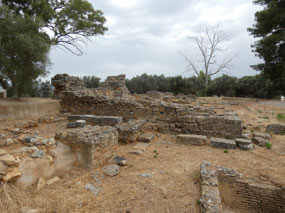
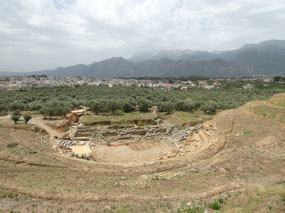
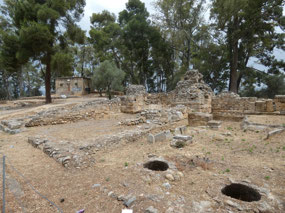
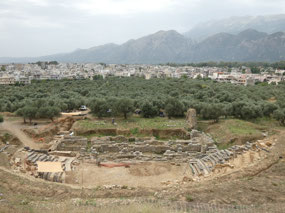
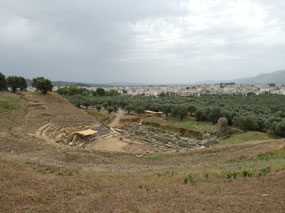

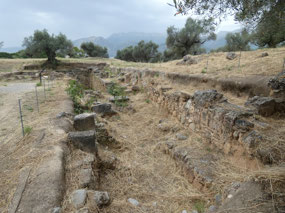
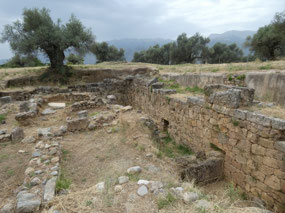
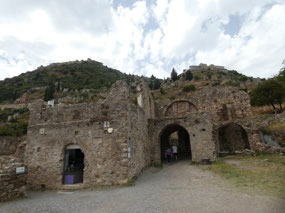
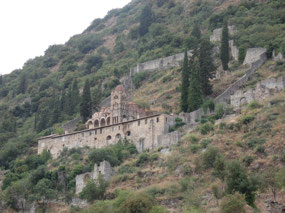
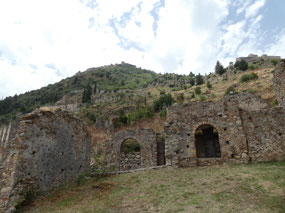
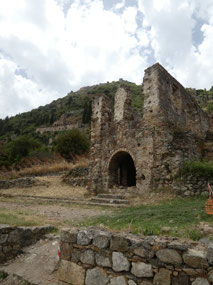
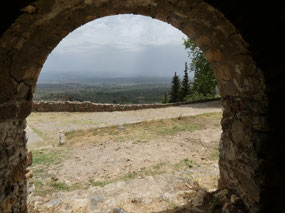
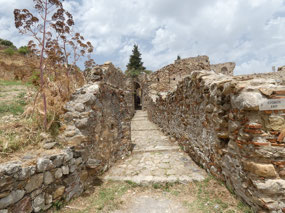
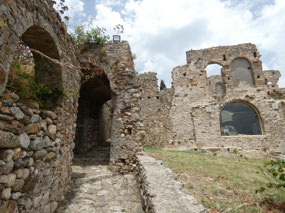
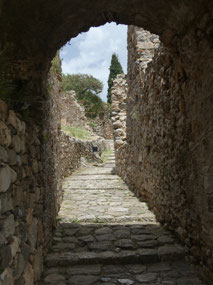

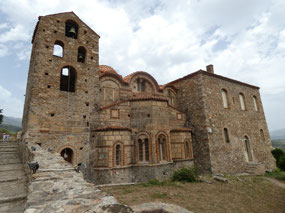
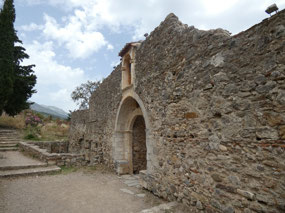
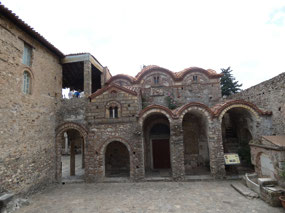
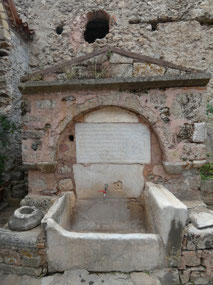
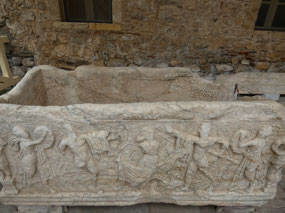
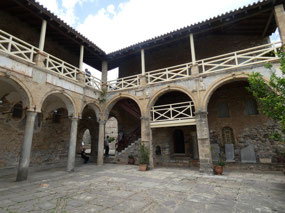
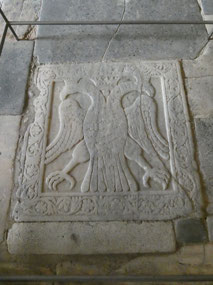
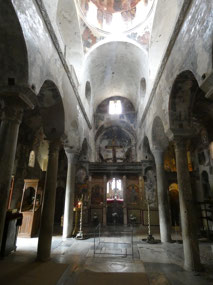
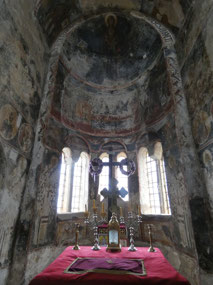
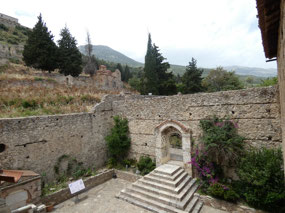
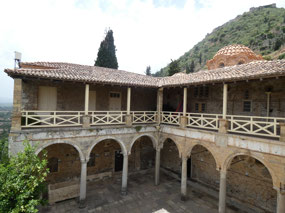
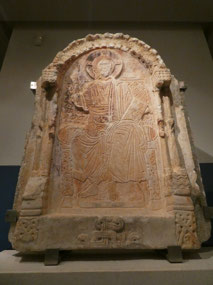
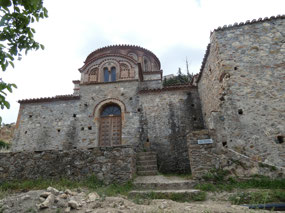
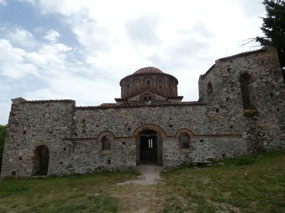
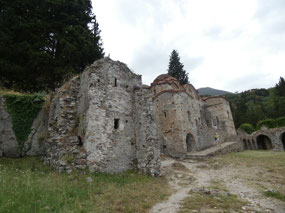
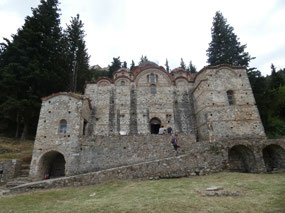
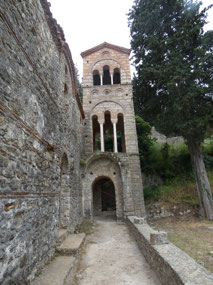
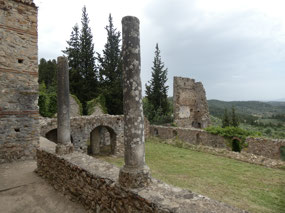
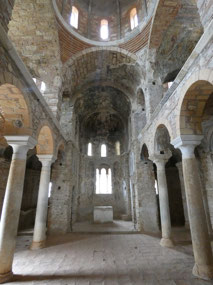


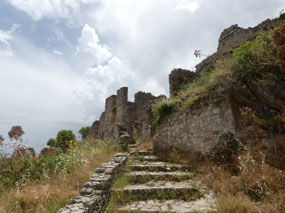
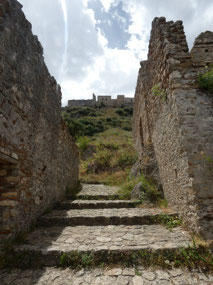
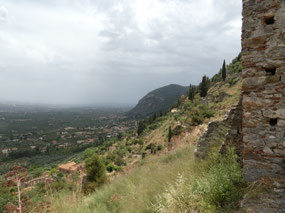
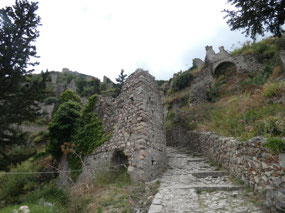
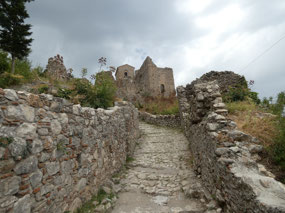
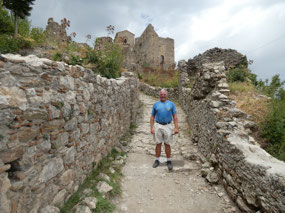
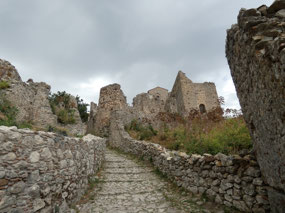
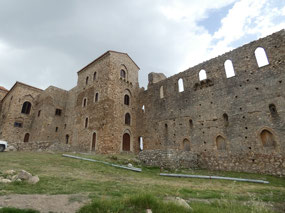
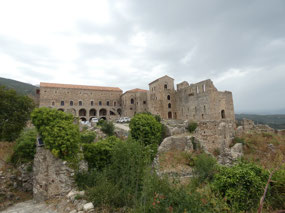

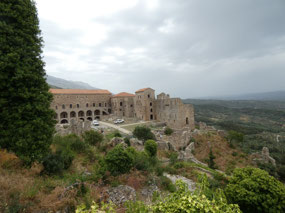
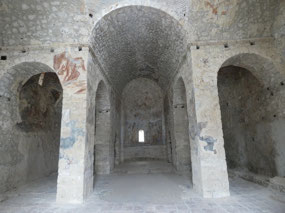
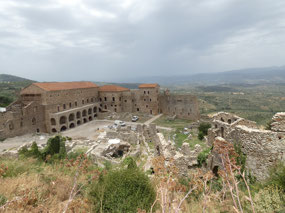
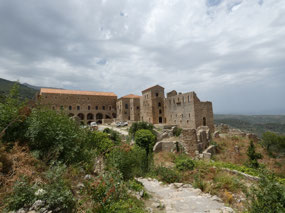
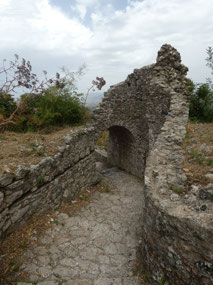
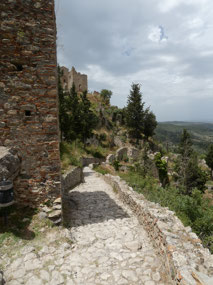
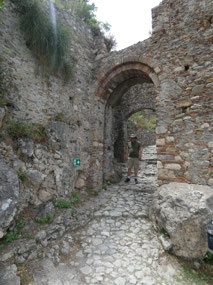
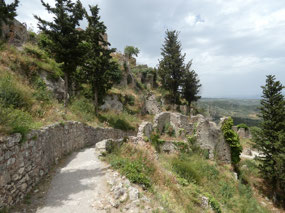
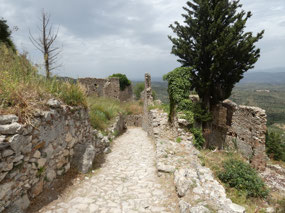
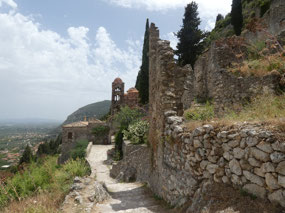
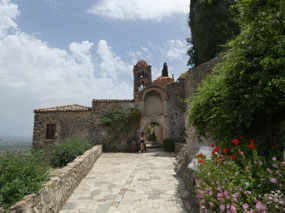
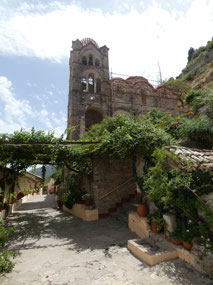
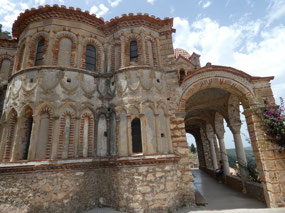
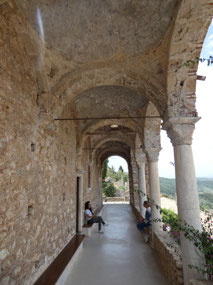
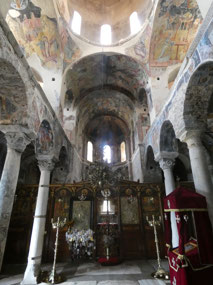
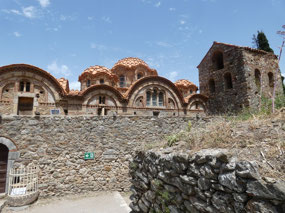
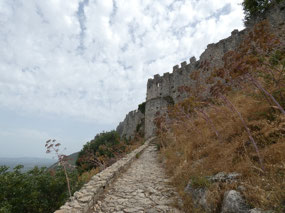
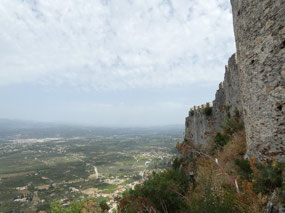
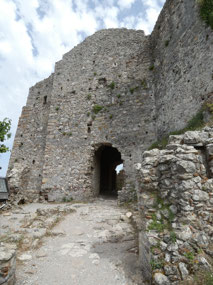
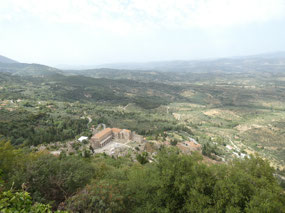
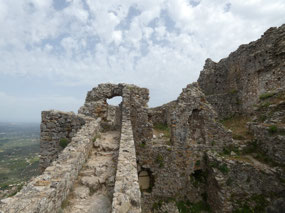
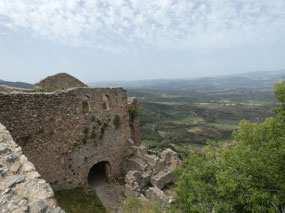
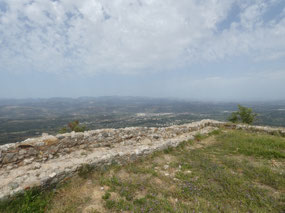

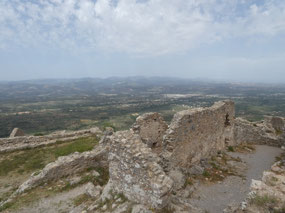
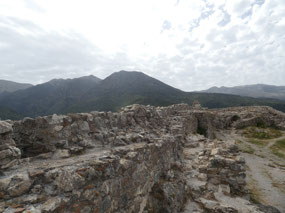
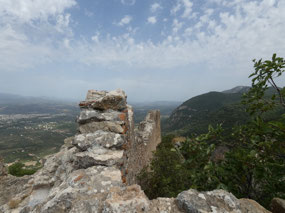
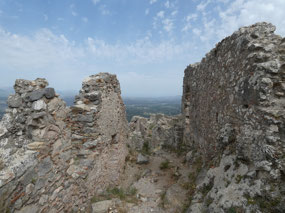
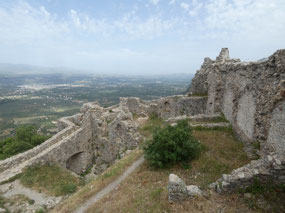
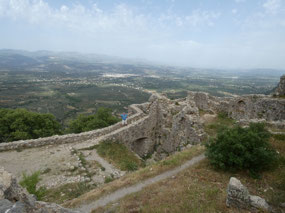
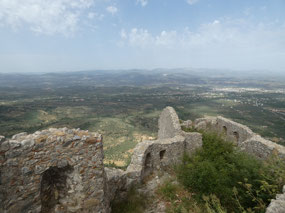
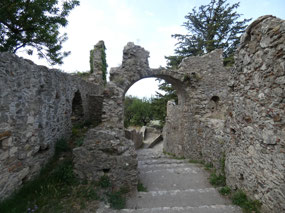
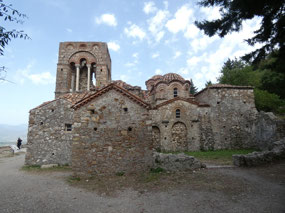
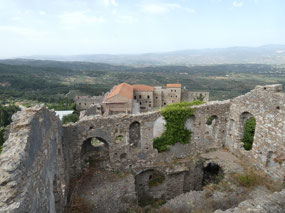
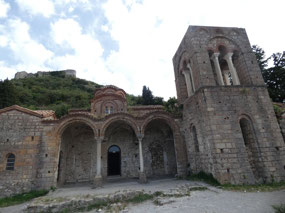
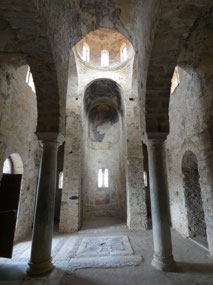
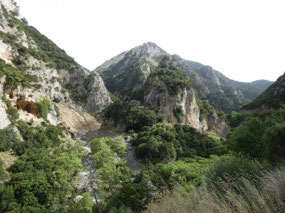
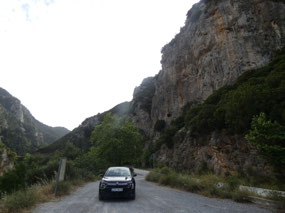
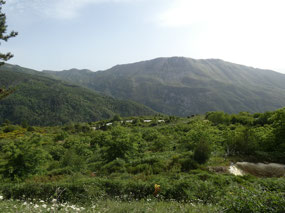
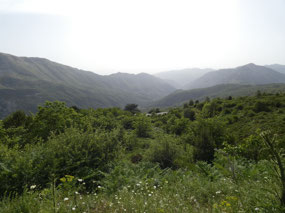
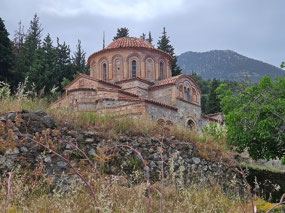
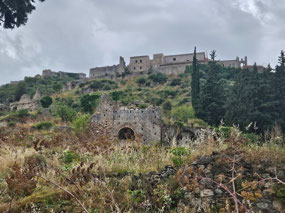
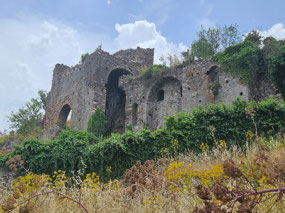
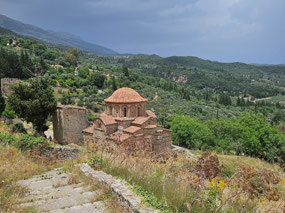
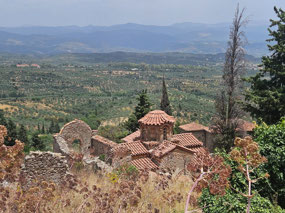

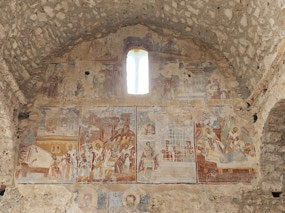
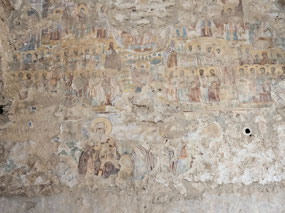
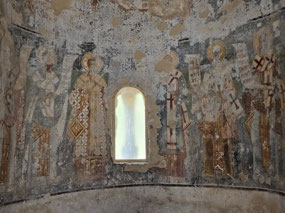
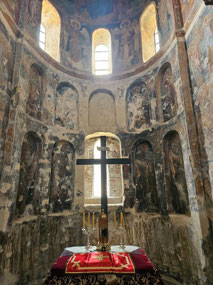
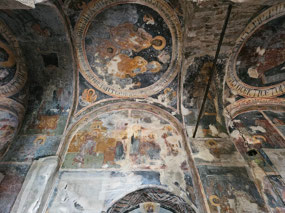
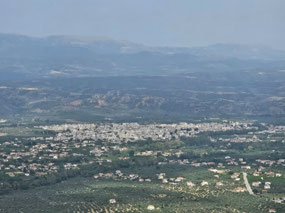
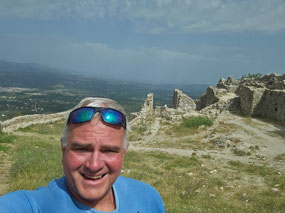
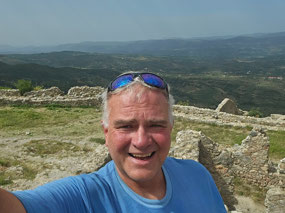

2025-05-23